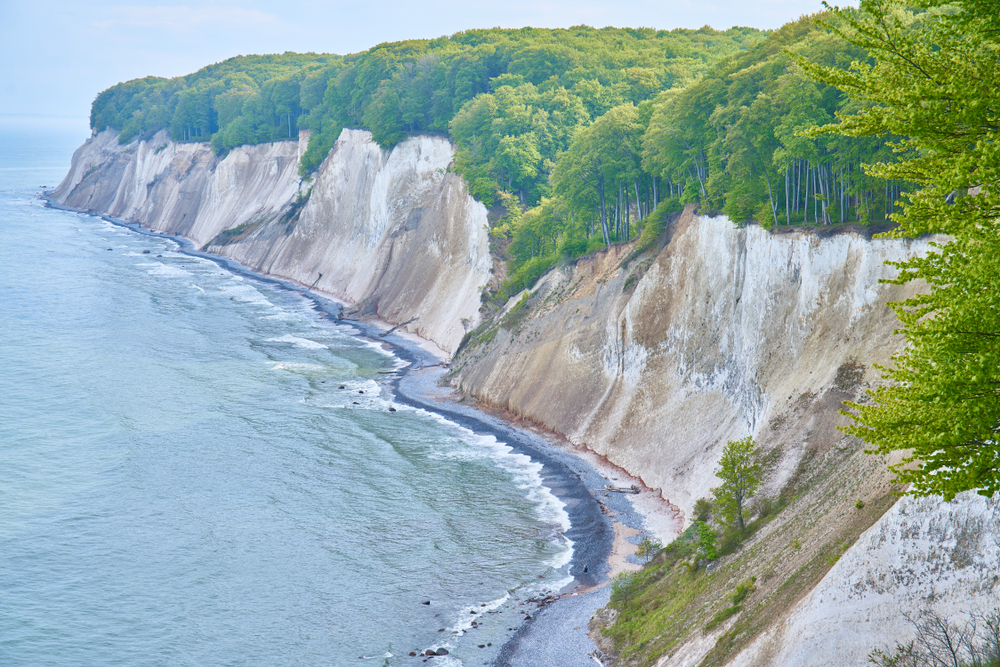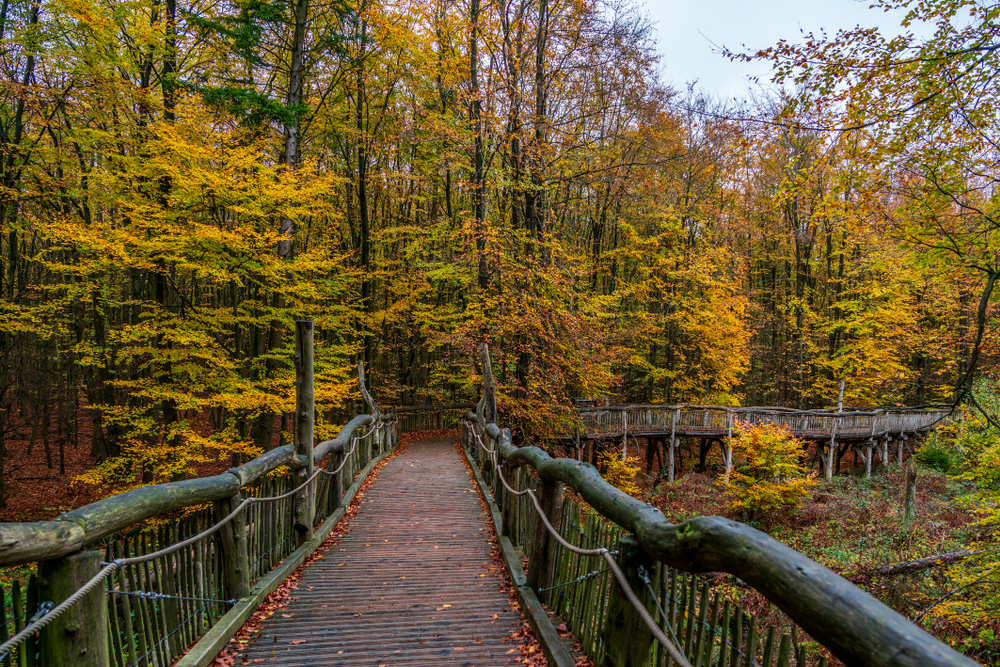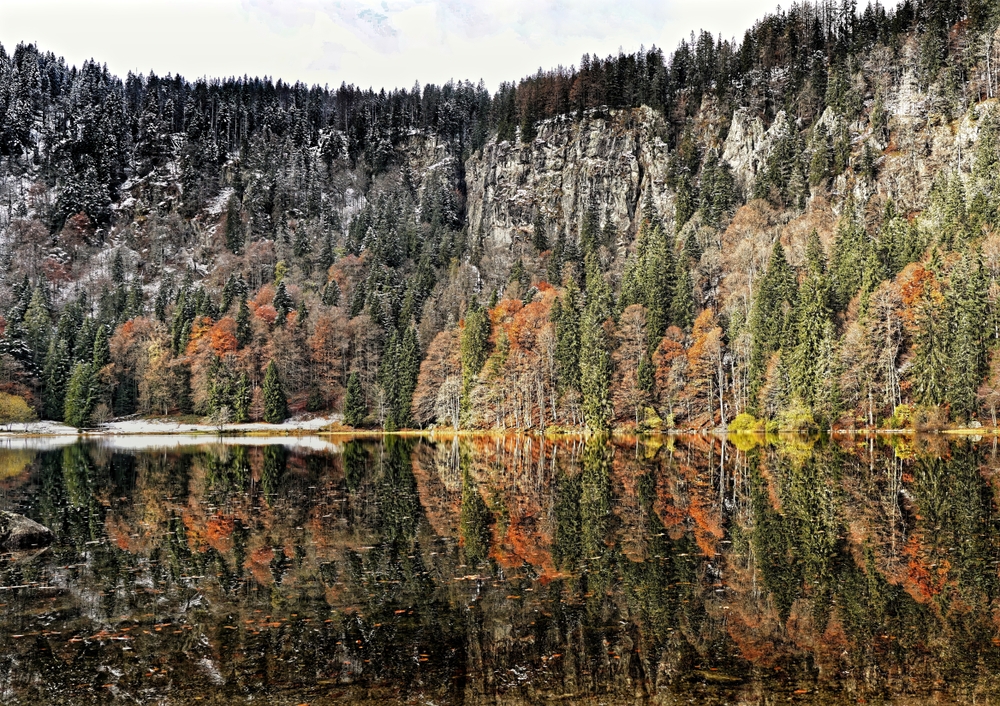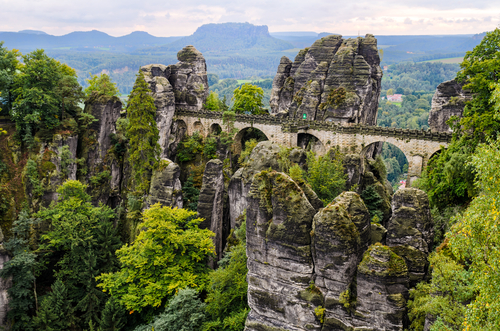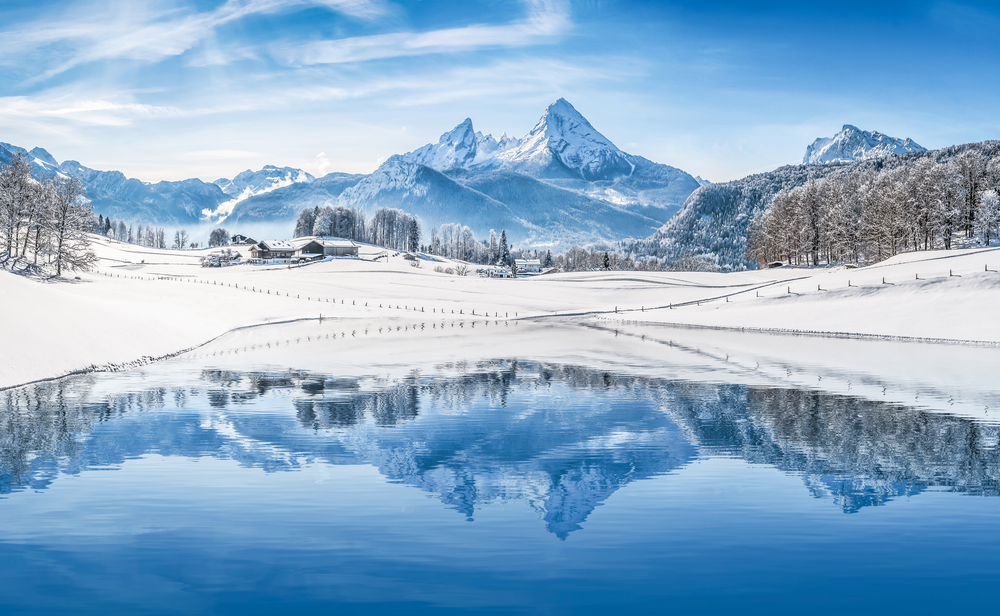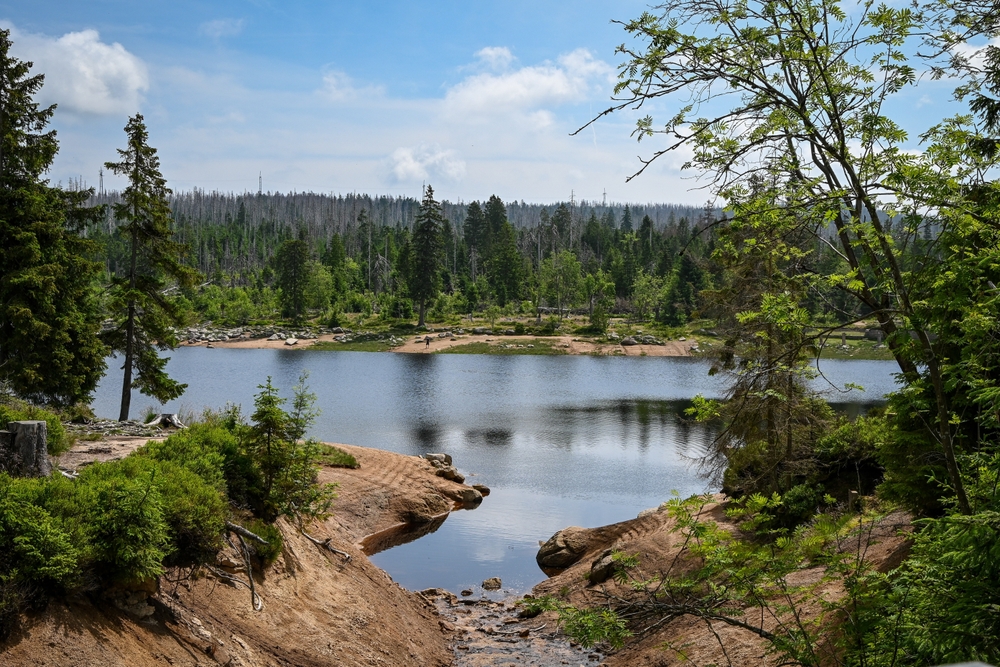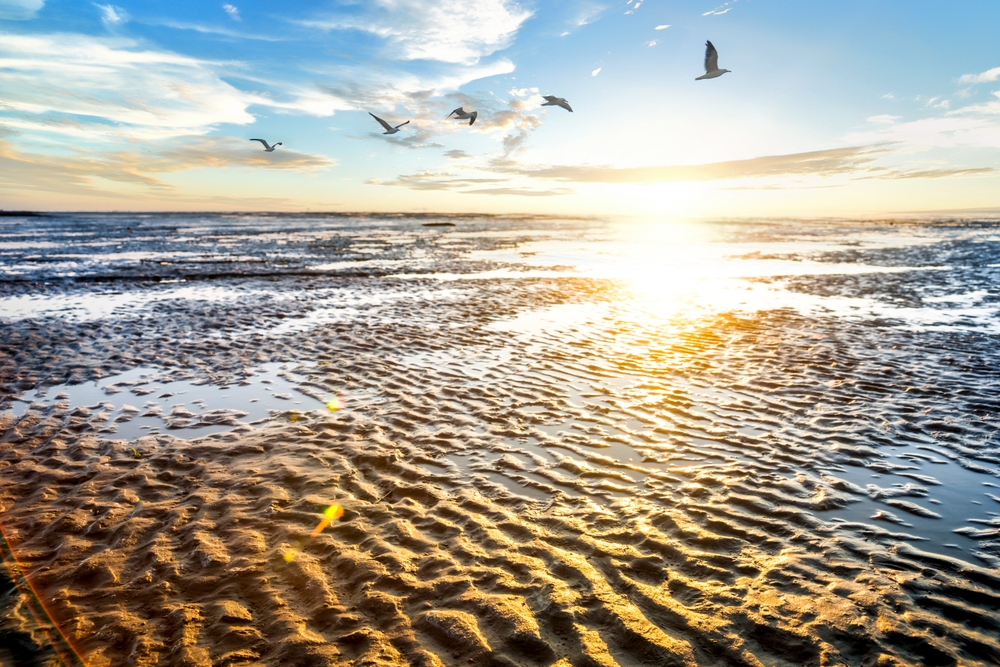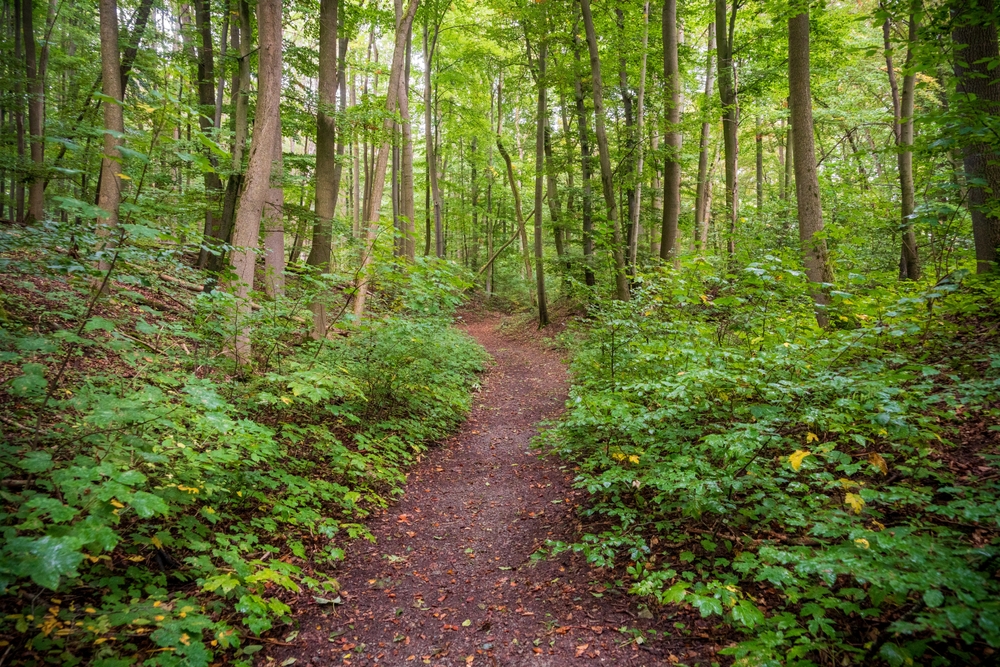Kellerwald-Edersee Overview
Kellerwald-Edersee National Park, known in German as Nationalpark Kellerwald-Edersee, is located in the state of Hesse, Germany. Covering an area of approximately 22.3 square miles (57.4 square kilometers), this park is a significant part of the ancient beech forests of Central Europe, which have been designated as a UNESCO World Heritage Site.
The park is situated near the Edersee reservoir, a prominent feature that enhances the region’s appeal for nature lovers. The landscape of Kellerwald-Edersee is characterized by rolling hills, deep valleys, and dense forests, predominantly made up of old-growth beech trees. These trees form a dense canopy that transforms with the seasons, displaying vibrant green in the spring and summer before turning into a stunning palette of reds and golds in the autumn.
The undulating terrain features steep slopes and rocky outcrops, with small streams cutting through the woodland, creating a dynamic and picturesque environment. The absence of major roads and settlements within the park allows for an uninterrupted natural experience, making it a haven for wildlife and a retreat for visitors seeking solitude.
The park is home to a diverse array of wildlife, benefiting from the untouched nature of its beech forests. One of the most iconic mammals in the area is the European wildcat, a species that finds refuge in the dense woods. Other notable mammals include red deer, roe deer, and wild boars, which roam freely throughout the park.
The park is also an important habitat for bird species, with black woodpeckers, Eurasian pygmy owls, and red kites being among the highlights for birdwatchers. The presence of deadwood within the forest creates a vital ecosystem for fungi, insects, and woodpeckers, further enhancing biodiversity. The park’s streams and small ponds also support amphibians such as fire salamanders and various species of frogs, contributing to the richness of the ecosystem.
A key attraction within Kellerwald-Edersee National Park is the Edersee reservoir, one of Germany’s largest artificial lakes. The lake offers scenic views and provides opportunities for various recreational activities such as boating, kayaking, and fishing.
Another notable feature is the Quernst Chapel, a small historic structure nestled within the forest that serves as a peaceful resting point for hikers. The park’s well-marked trails, including sections of the Kellerwaldsteig and Urwaldsteig hiking routes, allow visitors to immerse themselves in the serene landscape.
These trails range in difficulty, catering to both casual walkers and experienced hikers. Guided tours, some of which are led by park rangers, provide educational insights into the flora, fauna, and conservation efforts of the park.
Kellerwald-Edersee National Park plays a crucial role in the conservation of ancient beech forests, which have been greatly reduced across Europe due to logging and land development. The park’s management focuses on maintaining the natural processes within the forest, allowing trees to grow, decay, and regenerate without human interference. This hands-off approach helps sustain the diverse species that rely on this habitat.
However, the park faces challenges, including the effects of climate change, which can lead to increased drought and pest infestations affecting tree health. Nevertheless, conservation efforts have been successful in preserving the park’s biodiversity, ensuring that it remains a refuge for native species and a site of ecological importance.











































































